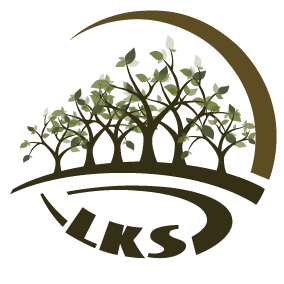Subtitle: Unlocking Child Development Through Play That Has No Limits
In the ever-evolving toy industry, where flashy electronic gadgets and character-driven fads come and go, a certain category of toys has not just endured but thrived: open-ended toys. Building blocks, magnetic tiles, and classic construction sets are more than just playthings; they are powerful tools for cognitive development. From a child development psychology perspective, their lack of fixed rules is their greatest strength, fostering crucial 21st-century skills like creativity, problem-solving, and deep focus. For parents and educators seeking long-term value, these toys are proving to be indispensable "evergreens."

Beyond Entertainment: The Psychology of Open-Ended Play
Open-ended toys are defined by what they don't do: they don't have a single, predetermined outcome. A block can become a tower, a car, a symbol for food, or an entire imaginary city. This fundamental characteristic aligns perfectly with how children learn and grow.
- Fueling Creativity and Imagination: Unlike a closed-ended toy with a single function, open-ended toys are a blank slate. They require the child to project their own ideas and narratives into the play. A magnetic tile isn't just a shape; it's the wall of a castle, the wing of a spaceship, or a geometric puzzle. This process of symbolic representation is a
cornerstone of creative thinking and imaginative play, which psychologists like Lev Vygotsky emphasized as critical for cognitive development.
- Building Problem-Solving and Critical Thinking: Every construction is a lesson in physics, engineering, and logic. When a child builds a tower that becomes too tall and wobbles, they encounter a real-world problem. They must experiment—is the base wide enough? Is the structure balanced? This trial-and-error process is active learning in its purest form. It develops resilience, spatial reasoning, and the ability to analyze and adapt strategies, key components of executive function.
- Cultivating Deep Concentration and Focus: In an age of shortened attention spans, the ability to engage in sustained, uninterrupted play is invaluable. Open-ended play is inherently engaging because it is driven by the child's own interests and goals. The desire to see a complex creation through to completion naturally encourages extended periods of deep concentration, a skill that directly translates to academic and life success.
The "Evergreen" Advantage: Long-Term Value for Children and Brands
The "evergreen" status of these toys isn't accidental. It's built on their unmatched developmental benefits and timeless appeal.
- Grows with the Child: A set of magnetic tiles is profoundly different in the hands of a two-year-old who is learning to stack than it is for an eight-year-old designing intricate 3D structures. The toy's complexity scales with the child's abilities, offering years of relevant play, which provides exceptional value for parents.
- Foundation for STEM Learning: These toys serve as a natural, hands-on introduction to concepts in science, technology, engineering, and mathematics (STEM). Children learn about geometry, symmetry, magnetic forces, and structural integrity long before they encounter these terms in a classroom. This makes them a strategic purchase for education-focused parents.
- Promotes Social and Emotional Skills: When children build together, they learn to negotiate, share materials, collaborate on a shared vision, and communicate their ideas effectively. This cooperative play is essential for developing social competence and emotional intelligence.
A Strategic Niche for Manufacturers and Retailers
For toy manufacturers, particularly those with strong supply chains, the open-ended toy segment represents a stable and growing market. The emphasis is on quality, safety, and the tactile experience.
- Quality and Safety are Paramount: Since these toys are used for years and often passed down, durable materials like solid wood for blocks and high-grade, non-toxic plastics for magnetic tiles are non-negotiable. Adherence to international safety standards (ASTM, EN71) is a baseline requirement for building trust.
- The Power of Versatility: Marketing should focus not on a single function, but on the limitless possibilities. Showcasing a single set of blocks being used to create a dozen different structures powerfully communicates the core value proposition.
- Educational Storytelling: Connecting the product directly to the developmental benefits discussed here—creativity, problem-solving, STEM learning—resonates deeply with the modern parent. This transforms a simple toy into a purposeful investment in their child's future.
In conclusion, the rise of open-ended toys is a return to the fundamental principles of play. In a world of pre-programmed entertainment, building blocks, magnetic tiles, and construction sets offer something far more valuable: a space for children to think, create, and discover their own potential. They are not just evergreen products; they are essential tools for nurturing the innovative and resilient minds of tomorrow.
Post time: Oct-07-2025




